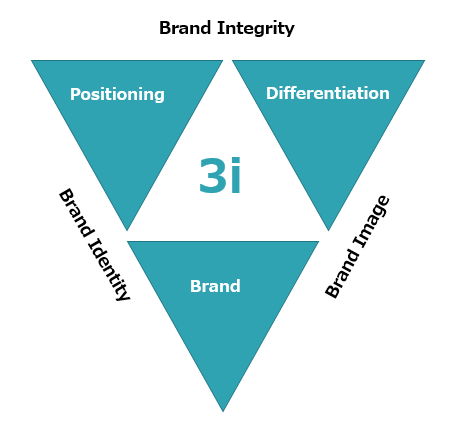In the age of connectivity, where customers are connected side by side and constantly communicating with each other, companies must shift their marketing activities to something more human and accessible. Ideally, companies should not advertise unilaterally, but rather participate in communication among customers and blend in as naturally as possible.
Contents
Approaching customers with an intrinsic understanding of their concerns and desires

To do this, we must first change the way we think about customers. Customers are not just targeted as they once were. They are beings with minds, hearts, and spirits. They are exactly like human beings, who think and analyze for themselves and sometimes act driven by their emotions, rather than relying on the information given to them. Kotler describes these customers as “holistic beings,” a concept that is extremely important in corporate marketing activities.
Marketing that seeks to appeal to the minds and hearts of customers has been practiced by many companies in the past. Concepts such as Starbucks’ “Third Place” and Apple’s “Creative Imagination” are successful examples of emotional marketing. We are approaching the emotional hearts of our customers from a much larger perspective, not just the performance of our products and services.
But in an age where customers are increasingly empowered by a wealth of information and networked communities, this is not enough. Marketing has gone one step further and evolved into an appeal to their spirits. Companies need to understand and respond to their customers’ concerns and desires effectively so that the intent of their products and services remains meaningful to them.
Evaluate brand, positioning, and differentiation with 3i
Marketing 3.0 proposes a framework called the “3i Model,” which looks at a company from three aspects: positioning, brand, and differentiation. Companies are recommended to evaluate their marketing efforts from the perspective of the three “i’s” – brand identity, brand image, and brand integrity – and aim to move closer to a balanced triangle. The final form of marketing is to build a strong image by clarifying the brand’s unique identity and reinforcing it with authentic integrity.

It is easy to understand when the model is illustrated in a diagram. You can see the triangle is well balanced by evaluating “positioning” in terms of brand identity and brand integrity, “brand” in terms of brand identity and brand image, and “differentiation” in terms of brand image and brand integrity.
What are the three “i’s”?
Brand Identity
Brand identity is positioning the brand in the mind of their consumer
In a competitive environment, positioning must be unique to attract consumer attention. It must also make rational sense of consumers’ needs and desires.
Brand Image
Brand image is about winning the hearts and minds of consumers.
The brand value must go beyond product features and performance to appeal to consumers’ emotional needs and desires. Companies differentiate themselves by presenting a vision for the future and the lifestyle they aspire to. Consumers who resonate with the values of such a brand will find emotional satisfaction in choosing that brand.
Brand Integrity
Brand integrity means supporting unique positioning with differentiation and delivering on brand assertions.
Be honest with consumers and society, and deliver on its promises. Through this attitude, companies aim to appeal to the spirit of consumers and foster trust in their brands.
An era in which intrinsic differentiation creates value.
For example, an outdoor product brand that is clear about its positioning while volunteering for environmental causes can simultaneously differentiate itself from the competition and establish unshakable brand integrity. The synergy between positioning and differentiation can help create a positive brand image.
By utilizing the 3i model with attention to the balance between positioning, brand, and differentiation, you can effectively reach customers as holistic beings. In an age when customers trust the voice of a stranger online or the recommendation of an acquaintance, it is worthless to simply articulate any one of the three elements. Without authentic differentiation backed by the brand’s DNA, the collective intelligence of social media and other consumer communities can quickly expose it as false.
The 3i triangle can never be complete without essential differentiation. Being honest and true to the brand’s DNA is, above all, a company’s strength. Instead of trying to forcibly control the consumer community, you need to be a part of it and communicate with it yourself, and sometimes you need to have the perspective of having them do the marketing for you.


